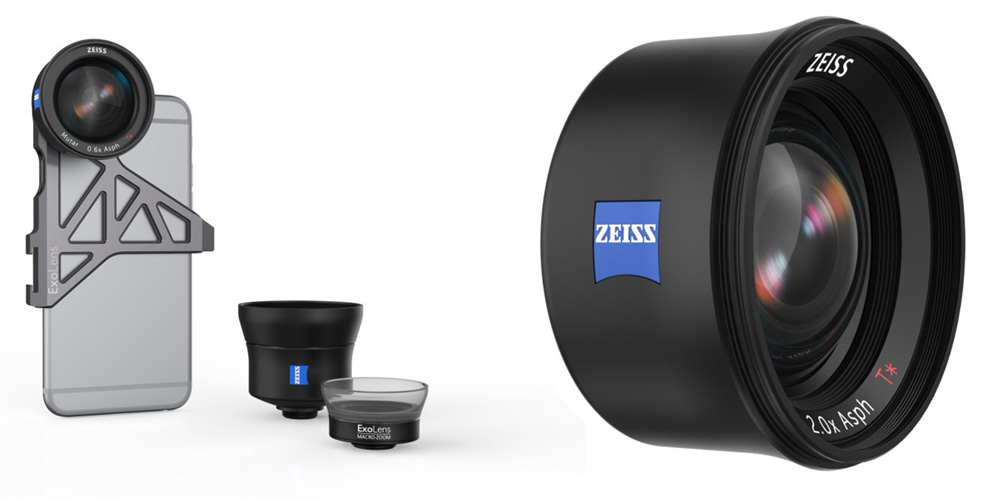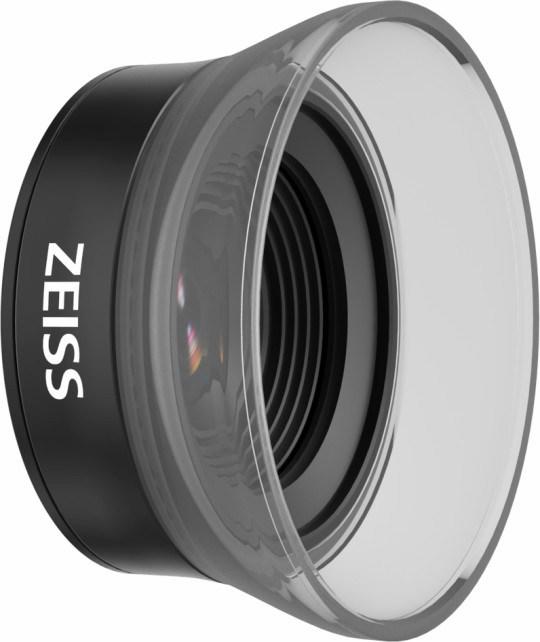
Photographers also want freedom from aberrations, including distortion (the bowing of straight lines towards the edges of the picture), chromatic aberration (color fringing around object outlines) and edge softness (where the lens's resolving power drops off towards the edges of the picture). Photographers will also look for high dynamic range – the ability to hold on to detail even in brightest parts of a picture – and the iPhone camera's automatic HDR mode has proved itself very effective at this in the past, combining separate exposures in an instant to extend the brightness range it can capture. There's a lot more to it than that, though. To put this in perspective, a full-bleed, full-page image in a magazine needs only 6-8 million pixels. Despite its relatively low megapixel rating, the old 8Mp iSight camera had plenty of megapixels for online use and even moderate-size prints, and the new 12Mp camera in the iPhone 6S should be capable of bigger blow-ups. Outright resolution is certainly not the only thing to look for in a camera. You see this a lot in high-megapixel point and shoot digital cameras, too. The result – too often – is a 'watercolour' effect in fine detail and smoothing over of subtle textures. Detail rendition may improve, with the right sort of subject, but digital noise increases and more aggressive noise reduction is needed to control it. In fact, cramming more and more megapixels into small sensors (small enough to fit in a smartphone) has the opposite effect. The photography world has long since realised that megapixels on their own don't guarantee image quality. This is an assessment of the iPhone 6S camera for photographers as a proper photographic tool, compared with other regular cameras.

The camera in the Sony Xperia Z5 has 23 million pixels, the Samsung S6 has 16 million pixels and so does the LG G4.īut this isn't a camera comparison between the iPhone 6S, Xperia Z5, Samsung S6 and LG G4. The new iPhone 6S brings an increase in resolution – the first for some time – but only from 8 million pixels to 12.

The iPhone camera has long had a reputation for being the best there is in a smartphone, even though its resolution falls some way short of its rivals.


 0 kommentar(er)
0 kommentar(er)
